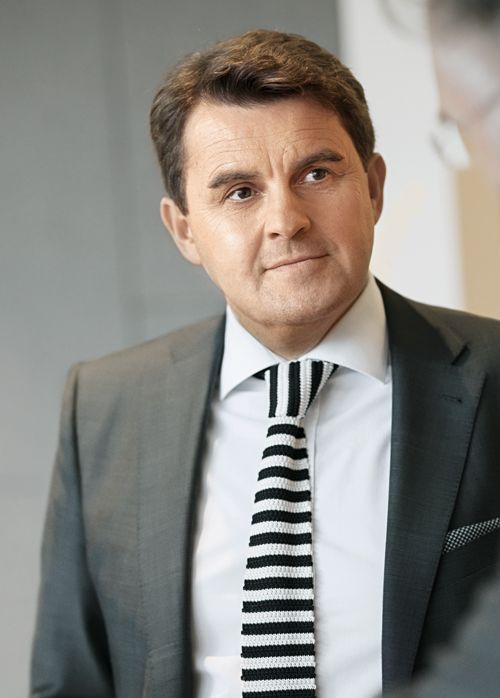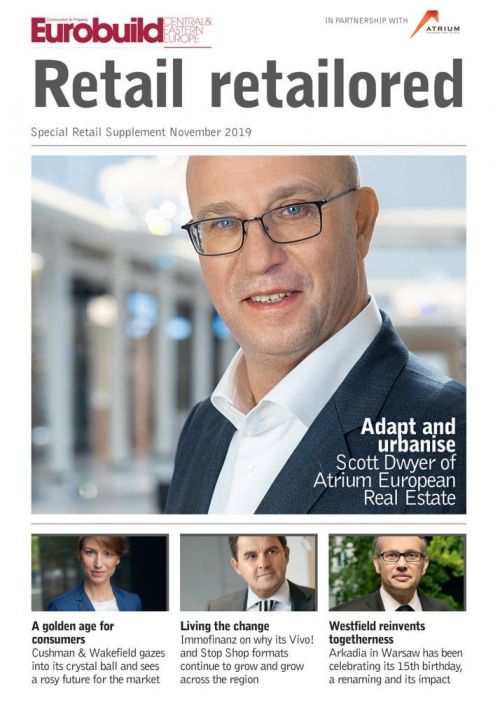Rafał Ostrowski, ‘Eurobuild CEE’: Your European portfolio of retail parks has recently exceeded 90 centres including development projects. You now have plans to increase that number to 100. How and when do you expect to achieve this goal?
Dietmar Reindl, COO, Immofinanz: More-or-less within the next 18 months. In 2019, we increased the number to 90 locations in nine countries – a total of more than 650,000 sqm of leasable space and a book value of app. EUR 900 mln. But 100 is by no means the end of our plans. The demand from retailers is very dynamic and, with our very solid financial base, we’re in a comfortable position for continued expansion.
Will this be done through acquisitions or organic development?
Both. We recently announced the purchase of six fully leased retail parks in Slovenia and Poland with 54,000 sqm of leasable space. This transaction was done at a very attractive yield of 8.6 pct. All the acquired properties have an appealing tenant mix,































































